Hill running can be very low impact in comparison to flat runs on the pavement over several miles. It’s a great way to get a lot of work in for almost less time and a lot less pounding on the body. It is also a great place to watch our form in action. It’ll teach us to stay upright and to keep our feet and arms moving, and before we know it, we’ll be up and over the hill. But how do we approach incorporating hills into our training? One way to approach is the same backwards approach we see in our long runs, and that approach is slow but steady. Growing up, we were taught to walk before we can run, and it’s the same principle here. Starting slow and build up as we progress. Firstly, find a hill (not a mountain) with a relatively low slope gradient. As we progress, we can find more challenging hills. If you’re like me and run in an area such as High Park here in Toronto, you’re going to meet a hill you probably won’t like and would love to avoid, but can’t because of more hills. Some examples can be found below taken from my Strava account over the last 18 months. Some elevation graphs from some runs in and around High Park since starting my running journey in 2018. Once we’ve found a hill, try this little workout to get started. We’re going to do two different and alternative workouts five times each for 10 sets. We’re going to start with:
Some things to keep in mind for both the power walk and the run UP the hill is to maintain form, keeping upright and our gaze slightly up. As tempting as it is, as soon as we start to look down, our bodies will slouch and this will become bad form and will add stress to the back leading to potential injury. To also help us up the hill, big arm swings will power us up. It may seem exaggerated and in some cases silly, but it really does help you up. Your hips will power you forward with both the glutes and hamstrings engaged. The only difference between the power walk and the run is your turnover in your steps. In the run, we will be taking smaller steps which will land underneath us instead of out front which happens while we’re walking making the hill more manageable. With our chosen hill, we will want to reach the same point in both our walk (45 seconds) and run (25 seconds) as we don’t want to keep lowering ourselves down the hill. Saying that, if we do find ourselves lowering, then just move to another hill with less of an incline. The time between sets really depends on our own fitness levels as we should be utilising the downhill as our recovery. Going uphill will raise our heart rate up towards our maximum, so slowing down on the downhill is key. If we find ourselves a little out of breath, or not fully recovered once at the bottom, it’s ok to take a minute or two to recover. We’re starting out, we don’t want to push too hard too soon. As we progress with hills, we can take on steeper hills, or increase the number of runs up the hill and drop the number of walks. Keep to 10 sets (be it 6 and 4, 7 and 3, etc.,) and decrease the amount of rest at the bottom of the hill, slowly increase our speed down the hill as our recovery time decreases. Once we’ve mastered one hill, let’s mix it up and take on the next hill. The neat thing about hill training is that we don’t have to do repeats such as the workout described above. While it is great to focus on these aspects, it can be incorporated into a regular run. Find a route that has a hill in it and maybe run up it once to add a little strength training into the run. The benefits of having hills in our runs are huge and will help make us all stronger runners. Thank you for reading this article. It is my goal to post more frequently about my journey, running as well as how it ties to mental health. You can read more articles on my Medium page here. About the Author Our guest author this week is David Hampson. Here's a little more about David...
3 Comments
10/7/2019 10:03:42 am
Reply
Paulo Piedade
10/8/2019 01:40:18 pm
Thank you for reaching out Mr. Jayaraj.
Reply
4/17/2021 09:23:13 pm
Great post! Love all the strategies. There is something there for everyone!
Reply
Leave a Reply. |


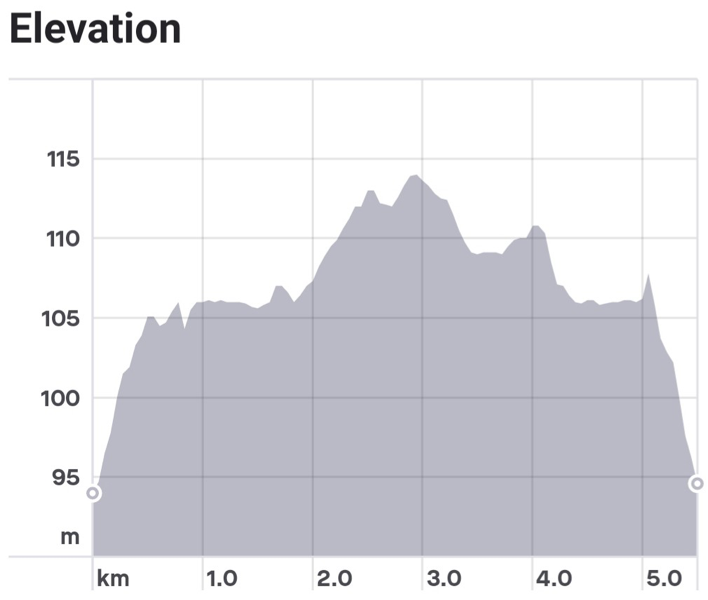
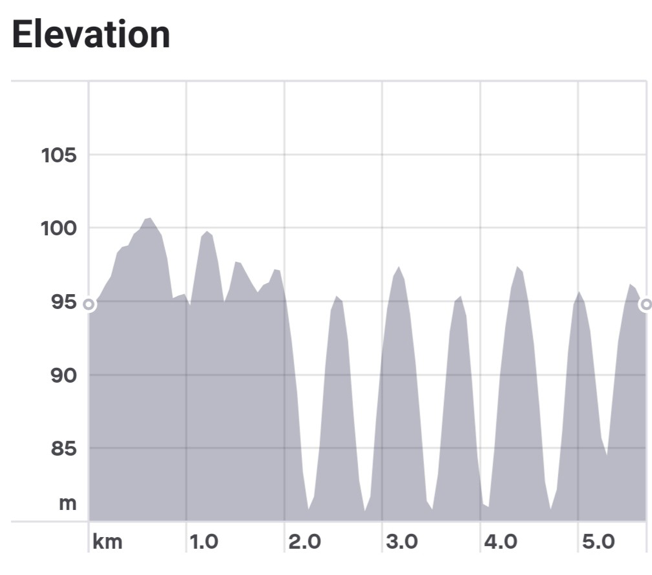
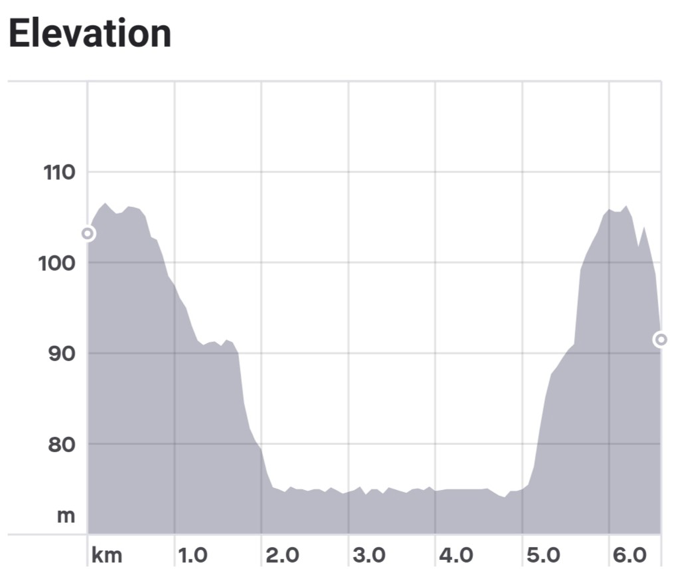
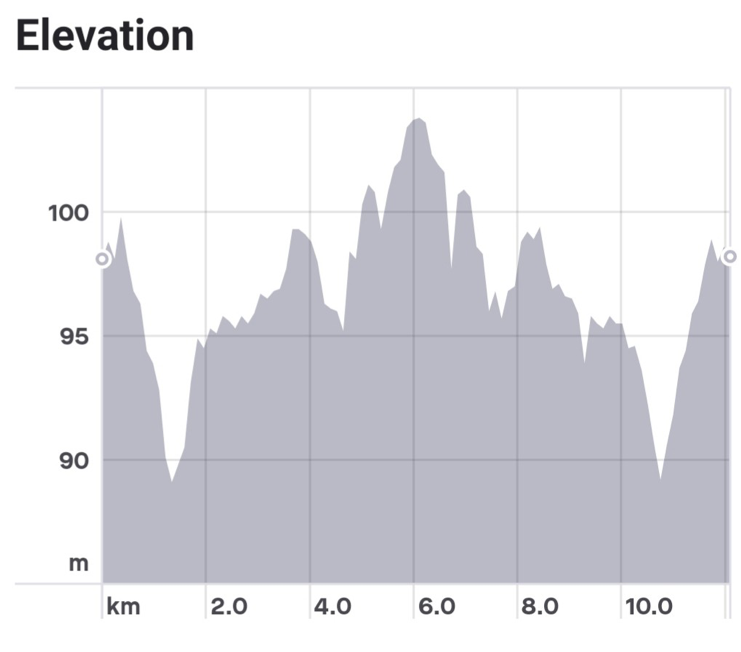
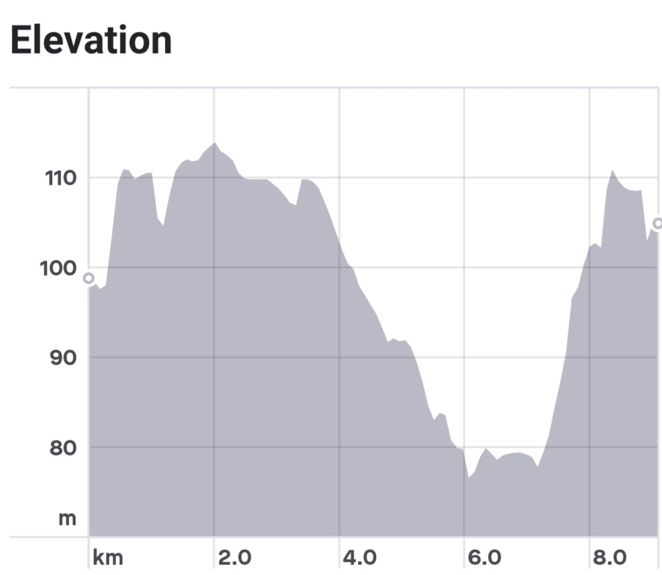
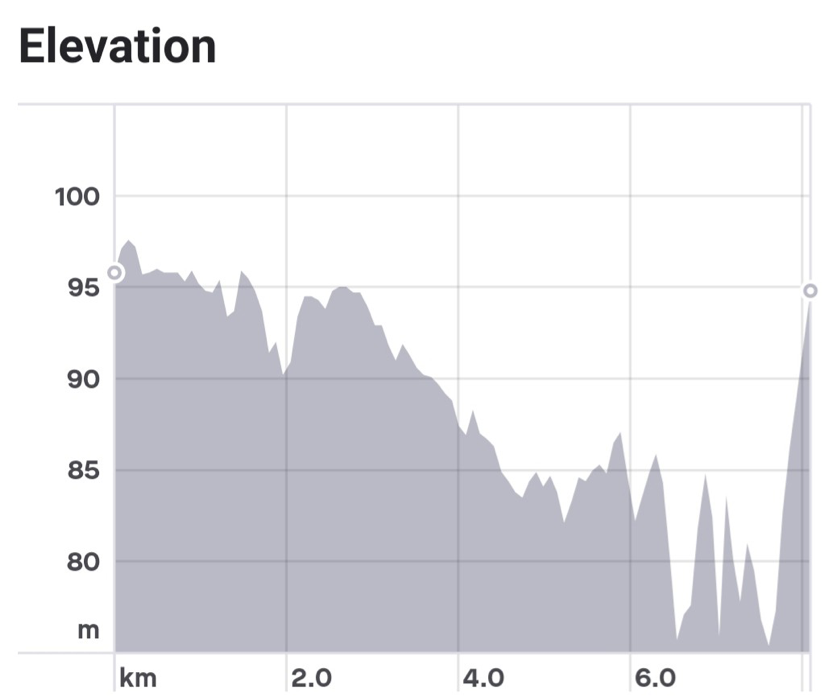

 RSS Feed
RSS Feed

